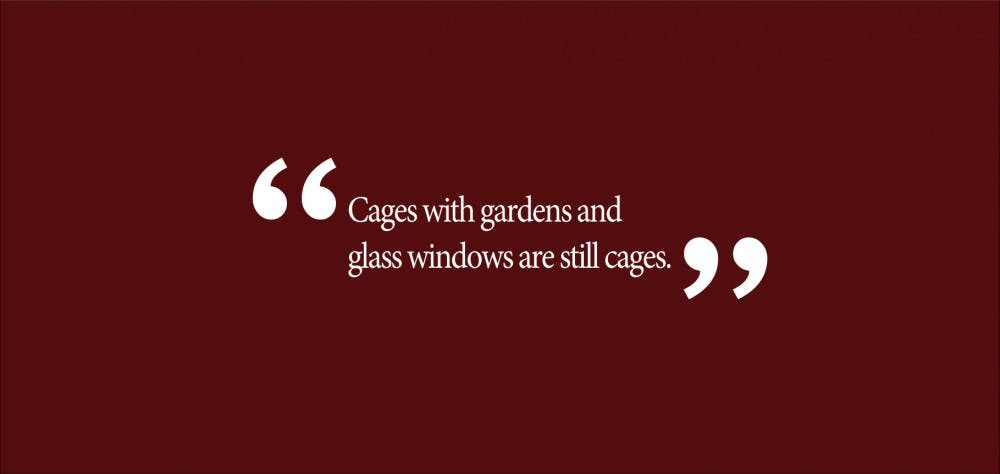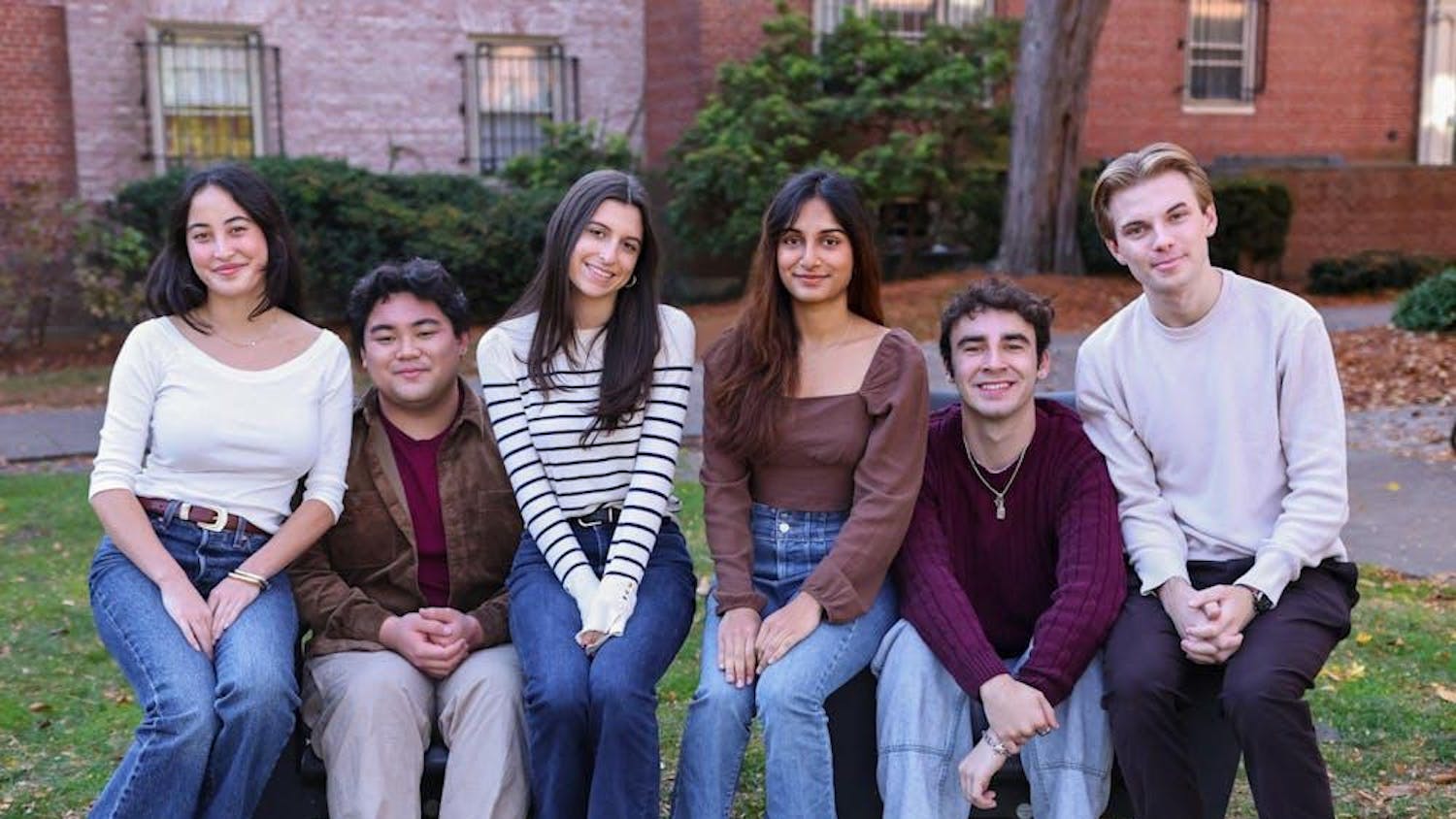New York City Council Member Stephen Levin ’03 has publicly supported an estimated $9-11 billion plan to build brand new jail infrastructure in New York City. The City Council will vote on this plan next week. If the plan passes, New York City will build four new massive skyscraper jails, as well as 1-2 nursery jails for mothers and their babies, and 3-6 jails inside of city hospitals. While the New York City Council and Mayor Bill de Blasio claim that this increase in the number of city jails is part of the process of closing New York’s Rikers Island jail complex, when the city council votes, there will be nothing binding the city council to close Rikers — now, or after de Blasio leaves office. Furthermore, this jail proliferation plan is not necessary in order to secure Rikers’ closure.
Stephen Levin’s vote is what he will be remembered for — in New York City and at the University. If Levin moves forward with voting for this plan, he will be personally responsible for making possible the incarceration of black and brown New Yorkers for decades to come.
As the councilperson representing District 33, Levin oversees the district in which the Brooklyn-based skyscraper jail is slated to be built. Because of member deference, a convention by which city councilors generally follow the lead of the council member whose district will be impacted on land use issues, Levin is one of four city council members with the most power to stop the city from building these 8 to 12 new jails. The community boards of all four boroughs that are affected by jail construction have voted “No” on the plan, which has been rushed through with a distinct lack of transparency and community accountability. Levin’s indicated support for the jail construction plan defies the demands of many of his own constituents — echoed by people across the US, from students, politicians, activists and scholars — to close Rikers, build no new jails and use the multibillion dollar budget to invest in community needs instead.
Opened in 1932 to “solve” prison-overcrowding in Manhattan, Rikers was originally billed as a “model penitentiary,” sure to become “the most perfect prison in the world.” More than 80 years later, the notoriously deadly and brutal jail is known for its injustice, abuse and corruption. In 2015, 22-year-old Kaleif Browder died after experiencing intense trauma during his three-year imprisonment while he was imprisoned for three years pretrial and unable to make bail at Rikers — two of those years in solitary confinement. Just this past year, Layleen Polanco, a trans Afro-Latina New Yorker, died in solitary confinement at Rikers. This is not “perfect” by any means.
Politicians like Stephen Levin contend that building new, “humane” jails is a necessary step toward decarceration. But there is no such thing as a humane jail. Carceral systems are sites of surveillance, secrecy and fundamental inequity. Cages with gardens and glass windows are still cages.
What New York City’s jail construction plan does guarantee is the continuation of an inherently violent structure that institutionally targets primarily black and brown people, especially those who are queer and trans, young, disabled, undocumented and/or poor and working class. Building new jails will never lead to decarceration, let alone abolition. We have seen this trap before. In California, Folsom State Prison was built to replace San Quentin due to overcrowding and harsh conditions. More than a century later, both prisons still exist. If the city has a jail to fill, it will likely fill it.
Through the proposed plan, New York City has co-opted the work of activists who have worked for years to close Rikers. Only after widespread criticism did the City Council begin to move forward a provision with a hard deadline to close Rikers by 2026. It is worth noting that this provision was introduced nearly two years after Mayor de Blasio proposed the construction of new jails and that the provision was announced mere weeks before the vote on new jail construction. If the jail construction plan passes next week, there will still be no guarantee that Rikers will close. Next week’s vote does one thing: commit the city to building more jails.
Rikers itself is a jail, not a prison, meaning that it does not incarcerate people who are serving long-term sentences. Out of the nearly 8,000 people incarcerated daily in New York City jails, the majority — more than 75 percent — are detained pretrial. Most are detained because they cannot afford to pay bail for pretrial release, or are not even given the option to pay bail, even though in most cases the court legally could grant bail. This year, the state of New York passed bail reform legislation that is set to go into effect in January 2020. Under this legislation, nearly half of the people detained pretrial today would have been released. This would immediately drop the number of people detained at Rikers to below the 5,000 figure that Mayor de Blasio has stated is required to close the complex, well ahead of the 2026 date that the Mayor’s office has set. Building new jail infrastructure is not an essential step in the process of closing Rikers.
Changes to bail are only one pathway for decarceration. Community members — in particular people impacted by incarceration, including educators, legal professionals, health workers, social workers and urban planners — have already identified actions that the city can take that will lower the number of people in jails and prisons, build healthier communities and ensure safety for all. These actions do not include building new jails. Instead, Levin and his fellow City Council members must commit the $9-11 billion toward resources including housing, education, mental health resources and harm reduction programs.
Stephen Levin’s position of power as a New York City Council Member is owed in part to his Brown University resume. As community members that also benefit from Brown’s reputation and legacy, we have a responsibility to hold him accountable. The era of jail-building is over. Levin’s choice will cement him in history, either as someone who wielded his power to personally enable the continued incarceration of thousands of Black and Brown New Yorkers, or, as someone who changed his mind and called on his fellow City Council members to do so as well.
Members of the Brown community: Please sign the petition to urge Stephen Levin ’03 to vote no on the jail construction plan. Call, email and engage with Levin on social media and make him account for the massive harm he may cause. Demand that Stephen Levin vote no next Thursday, October 17, before it’s too late.
Natalie Lerner ’18.5, Kristine Mar ’18, Evan Lehmann ’19 and Sophie Kupetz ’19.5, believe prison abolition is the only way. Natalie Lerner ’18.5 can be reached at natalie_lerner@alumni.brown.edu, Kristine Mar ’18 can be reached at kristine_mar@alumni.brown.edu, Evan Lehmann ’19 can be reached at evan_lehmann@alumni.brown.edu and Sophie Kupetz ’19.5 can be reached at sophie_kupetz@brown.edu.





